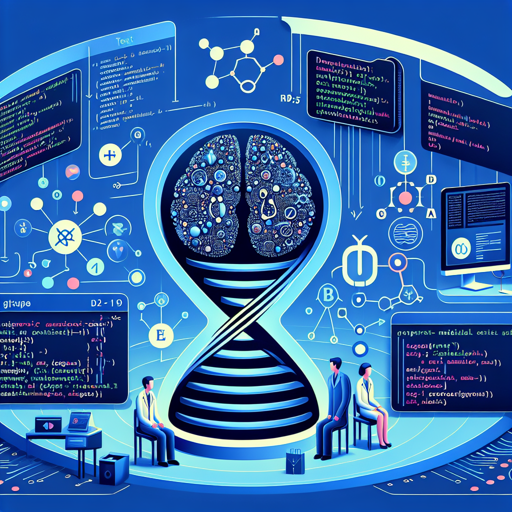Welcome to the world of Medical mT5, the revolutionary open-source multilingual text-to-text model designed specifically for the medical domain. If you’re eager to learn how to harness its power for your healthcare communication needs, you’ve come to the right place. In this blog post, we will guide you through the steps to get started with Medical mT5, along with some troubleshooting tips for a seamless experience.
What is Medical mT5?
Medical mT5 is based on the T5 architecture, a model adept at transforming input text into different text outputs. It has been **finetuned** on a vast dataset from various medical sources available in English, Spanish, French, and Italian, making it a robust choice for multilingual healthcare applications.
Getting Started with Medical mT5
To use the Medical mT5 model, you’ll need to set it up using the Transformers library. Follow these steps:
- Install Transformers:
pip install transformers- Load the Model:
from transformers import AutoTokenizer, AutoModelForSeq2SeqLM
tokenizer = AutoTokenizer.from_pretrained("HiTZ/Medical-mT5-large")
model = AutoModelForSeq2SeqLM.from_pretrained("HiTZ/Medical-mT5-large")Understanding Medical mT5 Through Analogy
Imagine you are an expert chef preparing an exquisite multilingual feast. Just like having a wide array of ingredients at your disposal (the various languages), the Medical mT5 model is an essential tool to transform raw data (medical information) into delicious, accessible text recipes that can be served to a diverse clientele (patients and healthcare professionals). The chef (you) must skillfully combine these ingredients to create dishes (outputs) that resonate well with every eater (target audience), regardless of their language preference.
Evaluation and Performance
Medical mT5 has undergone rigorous evaluation and is fine-tuned for multiple tasks like sequence labeling and language modeling. It demonstrates strong performance across a variety of medical datasets, ensuring the reliability of the generated content.
Troubleshooting Common Issues
While setting up Medical mT5, you might run into some bumps along the road. Here are common issues and their solutions:
- Installation Errors: Make sure you have the latest version of pip and the necessary libraries installed. Running
pip install --upgrade pipmight solve versioning conflicts. - Load Errors: If you encounter loading issues with the tokenizer or model, double-check that the model name is correctly spelled and that you have an internet connection to download the pretrained weights.
- Performance Issues: Slow performance could be a result of limited computational resources. Ensure you’re running the model on a machine equipped with sufficient RAM and a powerful GPU.
For more insights, updates, or to collaborate on AI development projects, stay connected with fxis.ai.
Conclusion
With the step-by-step guide above, you should be well-equipped to begin your journey with Medical mT5. Whether you’re generating medical texts in different languages or improving healthcare communication, this innovative model is here to support you.
At fxis.ai, we believe that such advancements are crucial for the future of AI, as they enable more comprehensive and effective solutions. Our team is continually exploring new methodologies to push the envelope in artificial intelligence, ensuring that our clients benefit from the latest technological innovations.

